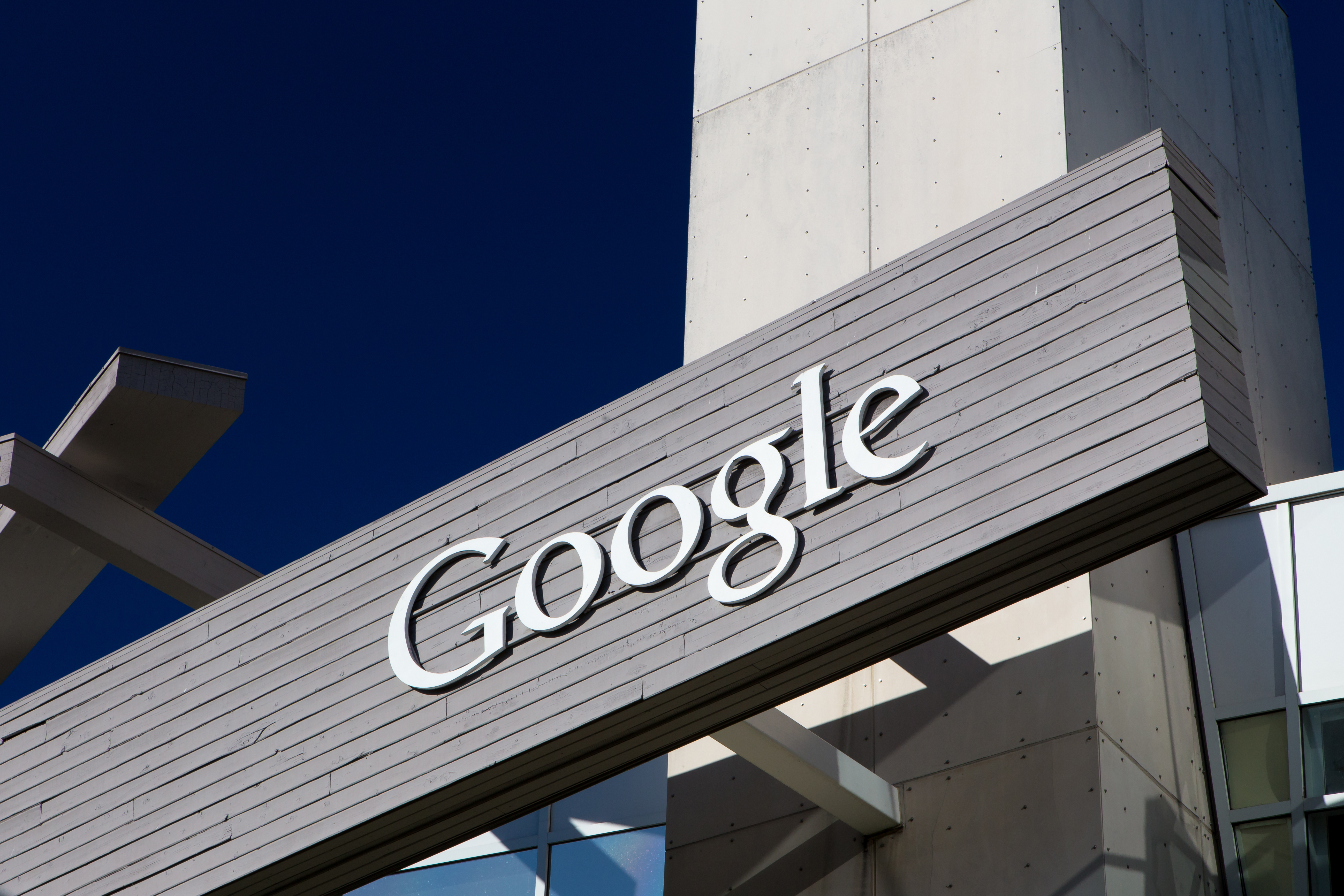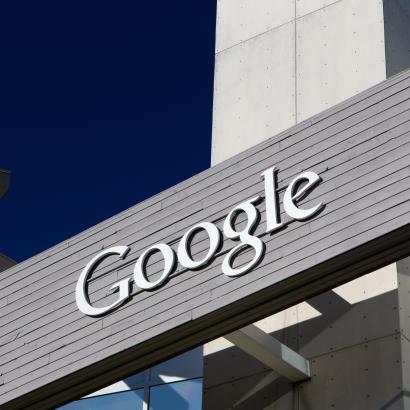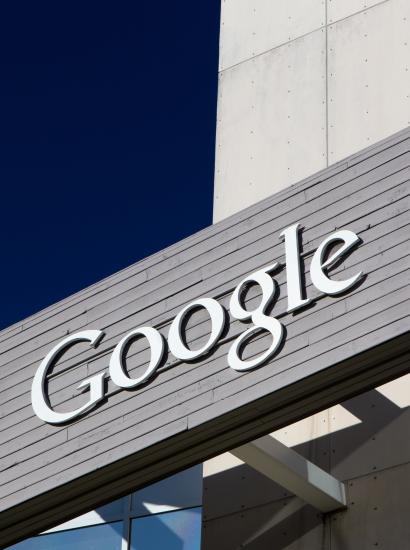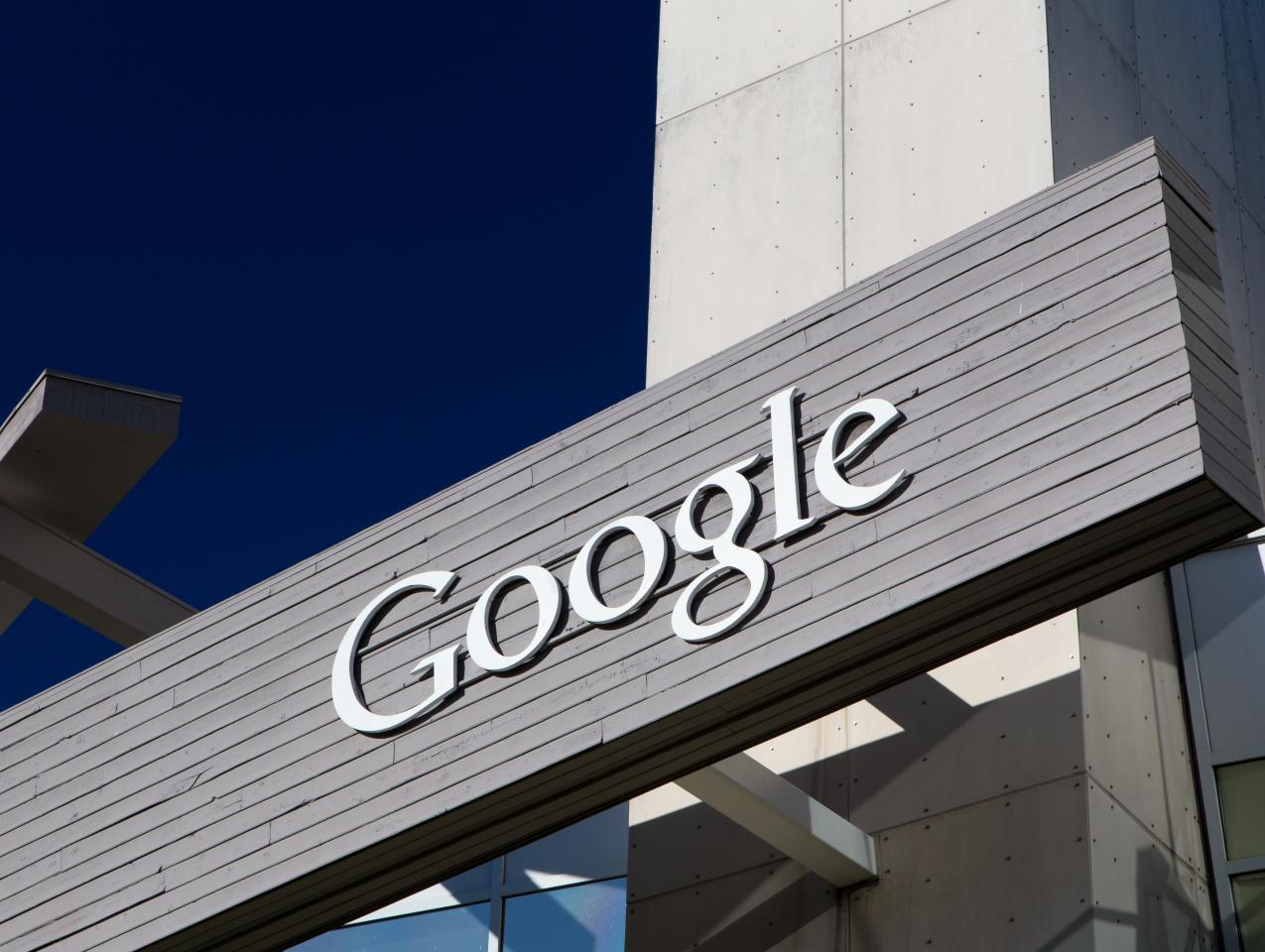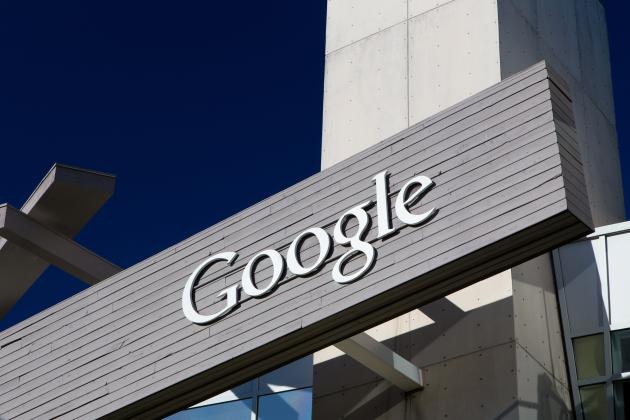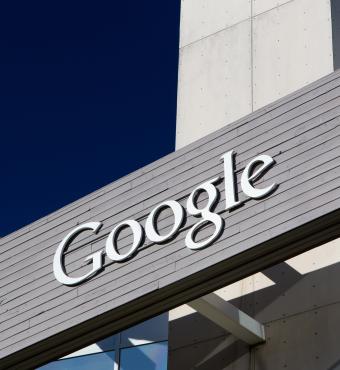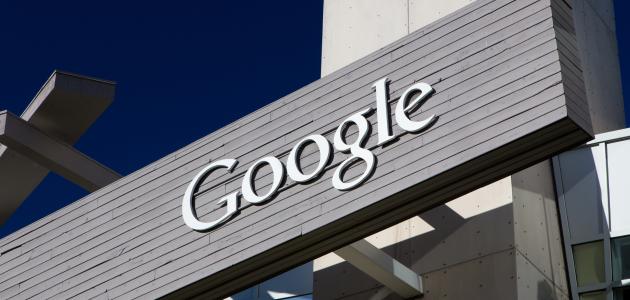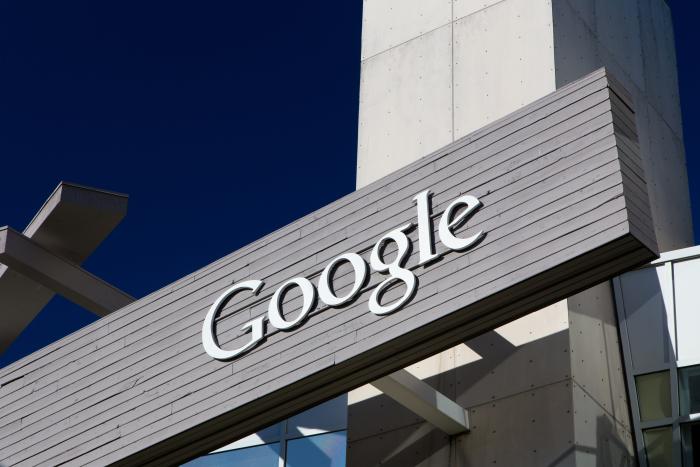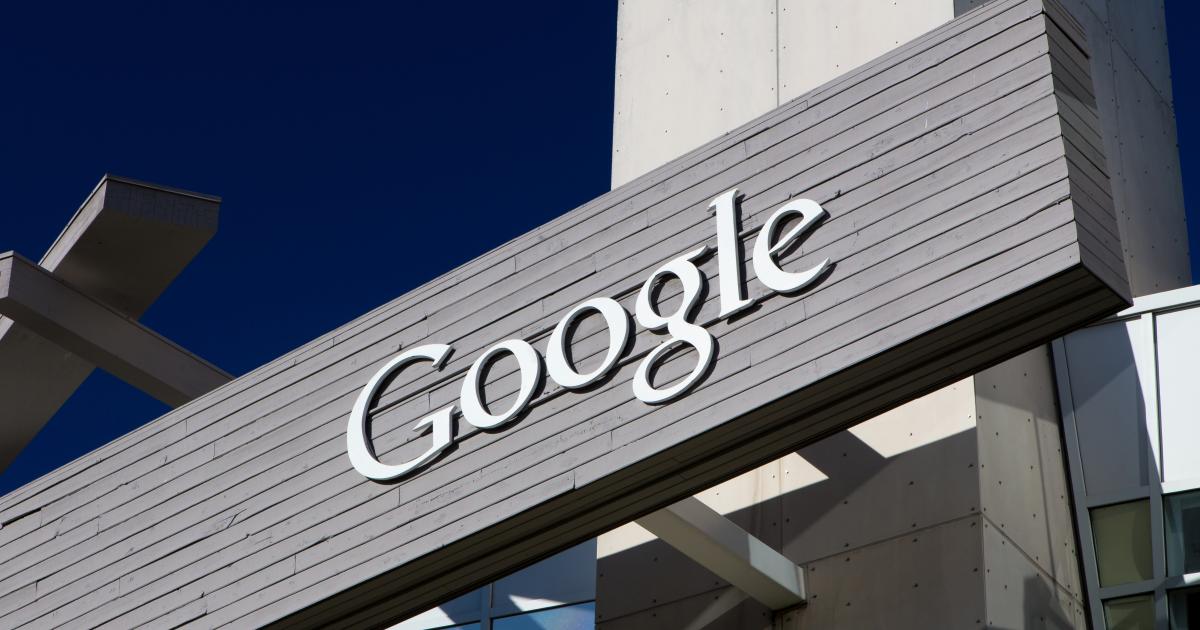- Economics
- US Labor Market
- Energy & Environment
- Science & Technology
How do you make a case against capitalism while appearing to defend consumers’ rights and values? You make a movie called The Social Dilemma.
The movie is cleverly done. It purports to oppose manipulation by Big Tech of social media users, calling out advertisers who manipulate people for profit. At the same time, the movie engages in its own manipulation. How does it do so? To quote Elizabeth Barrett Browning, “let me count the ways.”
State the credentials only of the people on your side
Throughout the ninety-four-minute movie, various commentators argue that social media have done great harm. In every case but one, the commentators criticize social media, warning us of its many harms. The movie states quite prominently, without exception, the credentials for all the negative commentators, and the credentials are impressive. The main commentator throughout is Tristan Harris, identified as a former design ethicist at Google and also as president of the Center for Humane Technology. Another commentator is Sandy Parakilas, identified as a former platform operations manager at Facebook and a former product manager at Uber. Yet another is Justin Rosenstein, whom the movie identifies as a major player at Google and then Facebook. A fourth is Shoshana Zuboff, an emeritus professor at Harvard Business School and author of The Age of Surveillance Capitalism. That’s not a complete list.
In the whole movie, only one person expresses skepticism about the idea that manipulation by social media is sui generis. He expresses this view at a panel in which he challenges the aforementioned Tristan Harris. This skeptic points out that newspapers and print media also played on people’s addictions and ability to be influenced. He notes that when television came along, it did so as well, but in different ways. This, according to the skeptic, is just the next thing.
Here’s what’s most interesting about this skeptic. Only because I’m an economist do I know who he is. “That’s Kevin Murphy,” I said to my wife, who was watching the movie with me. Who’s Kevin Murphy? You wouldn’t know from watching the movie. You had to pay close attention even to know it was Kevin Murphy. I had to pause and rewind and only then did I notice that he had a name card in front of him. Probably not one viewer in fifty notices that, and probably not one viewer in a thousand knows who he is. So let me tell you. Kevin M. Murphy is a star economist at the University of Chicago. He won the John Bates Clark Medal in 1997, given in those days only once every two years to the most outstanding American economist under age forty. He’s the only business school professor ever to win a MacArthur genius award. But the movie tells you none of that.
That’s how the movie deals with controversy: allow only one person to challenge the narrative and don’t even tell the viewer who he is. The basic narrative is that Facebook, Google, and other social media manipulate us. But when it comes to manipulation, those media have nothing on the makers of The Social Dilemma.
Hint at the problem without ever showing the problem
The bad actors in the movie’s narrative are advertisers and the wealthy social media firms. At one point in the movie, Parakilas states, “It’s not like they’re [the social media companies] trying to benefit us. Right? We’re just zombies and they want us to look at more ads so they can make more money.” What’s the problem with that? You might think in a standard-length movie, the critics would try to say why. Here’s the amazing thing: they don’t.
So let’s fill in the missing reasoning. Think about why companies would pay social media firms to advertise. It’s to get people to buy their products. If advertising on social media were seen as completely ineffective, companies would pay precisely zero for advertising. The fact that they keep paying and that social media companies get rich by selling advertising, month in, month out, means that advertising is effective.
Wouldn’t you want the critics in the movie to then point to how advertising manipulates our tastes for products, causing us to buy things we don’t “really” want? Amazingly, they don’t.
The closest the movie comes to making a case is near the end of the movie, when Rosenstein states:
Corporations are using powerful artificial intelligence to outsmart us and figure out how to pull our attention to what they want us to look at, rather than the things that are most consistent with our goals and our values and our lives.
But why would they do that? Isn’t it easier to sell us things that are consistent with our goals, our values, and our lives?
The critics point out numerous times that the companies are continuously refining their algorithms to learn more and more about you. They imply that that’s bad without ever saying why. There’s an old saying whose origin is unknown that goes as follows: “Half the money I spend on advertising is wasted, and the trouble is I don’t know which half.”
I think we can all agree that waste is bad. So isn’t it good rather than bad that advertisers and social media are continually honing their tools to put in front of your eyes items that you really have a high probability of buying? They aren’t there yet. Sometimes when I Google an item I’m thinking of buying, within what seems to be minutes an ad for that item shows up on my Facebook page. It’s almost always mildly annoying, either because the advertised item is a brand I don’t want or because I was just exploring and have decided that I don’t want that item at all. Which means that not half, but perhaps 90 percent, of that advertising was wasted on me.
Some people find it creepy that advertisers know so much about us. I don’t, although I understand the feeling. But think back to how advertisers tried to reach us before social media existed. Imagine that you live in a Jewish household. Which kind of advertising by mail would you dislike more: mailers premised on the assumption that you’re Jewish or mailers premised on the assumption that your household is Muslim, Catholic, or Buddhist?
Make up history
In one segment of the movie, Harris contrasts social media with previous innovations, claiming that no one objected to bicycles on the grounds that those who used them would spend less time with their families. Neither he nor the movie presents any evidence for his claim. But here’s what I found with just a little search (on Google, by the way) about early attitudes toward the bicycle. In a 2001 book titled The Ride to Modernity: The Bicycle in Canada, 1869–1900, author Glen Norcliffe quotes an essay by Heather Watts on early cycling in Nova Scotia. Watts writes:
At a time when higher education, women’s suffrage, and the movement for dress reform were all topics of heated discussion, the bicycle became one more liberating influence on the restricted lifestyle of Victorian women. . . . This element of freedom and independence greatly appealed to women. They were no longer left at home, but could go on outings with their women friends or accompany their young man on an equal basis. Once tasted, the new freedom was hard to abandon.
If bicycling was a liberating force for women, and if women were able to ride with their women friends, is there much doubt about whether some critics at the time claimed that bicycling women would spend less time with their families?
Play up the downside of social media with little attention to the upside
I do think the movie scored a direct hit on a huge downside of social media: the purported effects on people between the ages of ten and nineteen. It presented some disturbing data about the effects on young girls, especially those ages ten to fourteen, of media such as Instagram that encourage them to compare their faces and bodies with what seem to be regarded as ideal body types. Here are two shocking statistics about what has happened since 2011, when Facebook and other social media had become widespread: the number of girls aged ten to fourteen per 100,000 who are admitted to hospitals for cutting themselves or harming themselves in other ways has risen 189 percent, and the number of girls aged ten to fourteen per 100,000 who have committed suicide has risen 151 percent.
One critic, Jonathan Haidt, a psychology professor at New York University’s Stern School of Business, gives a straightforward solution: set an age below which your child is not allowed to use social media and limit your child’s use of such media. To say it’s straightforward is not to say it’s easy. It’s probably hard, but parenting is hard.
To their credit, the critics do mention some upsides to social media. Harris says you can get on your smartphone and have a car show up quickly. Critic Tim Kendall, identified as the former president of Pinterest, notes that social media have helped people find long-lost relatives and organ donors. That’s pretty big.
But there are many more upsides. I can find some half-forgotten poem from high school when I remember only one sentence. That happened just last month with this poem. We can check a fact, we can follow friends, not just family, with whom we had lost touch, and we can compare airfares and make airline reservations in minutes, without either the use of a travel agent or even a phone call. I’ve just scratched the surface.
Discuss the upside as if it’s the downside
Critic Bailey Richardson, an early team member of Instagram, says that when the Internet first started, it was a weird, wacky place with lots of creativity. She recognizes that creative things still happen on the Internet, but now, she says, it feels like a “giant mall.”
That’s bad? Some people whom I’m close to have restricted diets because of various ailments. For them, shopping online has been wonderful. One person in particular needs to keep gluten out of her diet. And she is able to find appealing, tasteful, gluten-free items online much more easily than if she had to shop in her semi-urban, semi-rural part of the country. Imagine if she lived in, say, rural Nevada. Shopping online could be a godsend.
Attack wealth when it’s not that of your allies
At many points in the movie, the critics point out disdainfully how wealthy the social media companies are. That raises two questions. First, is there some chance they got that way by making things we want more available? Answer: yes. Second, how wealthy are these critics? Answer: very. Critic and investor Roger McNamee, for example, is a billionaire. Justin Rosenstein’s net worth is $150 million. The other critics are multimillionaires. Honestly earned wealth is not a mark against the wealthy, whether the wealthy be social media critics or social media firms.
Lay out your real agenda, with no evidence, at the end
Near the end of the movie, probably many viewers are hooked. Then we get to what seems to be the agenda of the critics and the movie makers: to end, or highly regulate, free markets.
Zuboff states, “These markets undermine democracy and undermine freedom and they should be outlawed.” The movie director possibly forgot to insert a sentence or two telling us which markets Zuboff is referring to. Whatever markets she wants to end, that would be a major hit on capitalism.
Rosenstein complains that social media corporations go unregulated “as if somehow magically each corporation acting in its selfish interest is going to produce the best result.” One gets the idea that he’s never read Adam Smith, who indeed did argue in The Wealth of Nations that “it is not from the benevolence of the butcher, the brewer, or the baker that we expect our dinner, but from their regard to their own self-interest.”
Rosenstein also says mining the earth and pulling oil out of the ground are bad for humans. He claims as evidence of a warped, for-profit system that trees and whales are worth more dead than alive. And then he jumps the shark, or maybe I should say the whale, by saying “we’re the tree; we’re the whale.” How exactly social media companies kill us and how exactly they gain from dead consumers he leaves as an exercise for the viewer.
Coda
Various friends told me that The Social Dilemma would upset me. It did. As noted, I found the facts about young girls very disturbing. The biggest upset, though, is that a bunch of critics and a movie director manipulate viewers into not knowing that there is another side to this debate, understate the benefits of social media, and use the movie as a vehicle for a rant against capitalism. Other than that, the movie was great.







